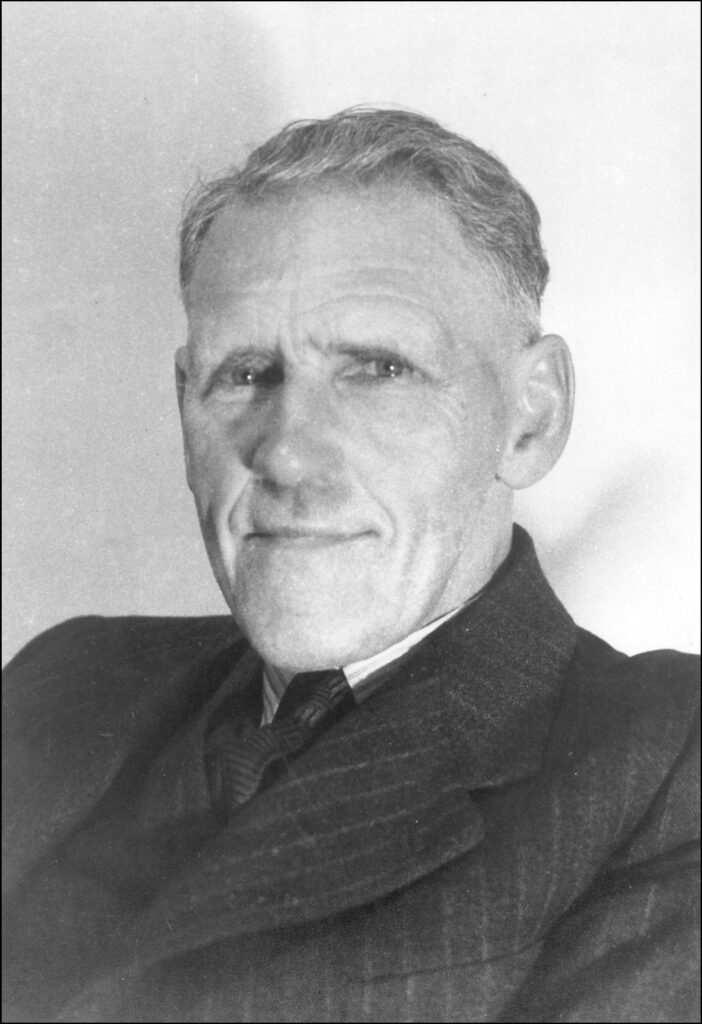
Head of School in 1937
A major step in space travel and exploration is upon us.
On the 30th of May 2020 at 20:22 BST, SpaceX is attempting the first commercial manned spaceflight.
You may not realise that work done at Bangor University was fundamental in developing the mathematical models for flight dynamics and aerospace.
A piece of research published by and G. H. Bryan and W. E. Williams entitled “The longitudinal stability of aerial gliders“, said that “The problem of artificial flight is hardly likely to be solved until the conditions of longitudinal stability of an aeroplane system have been reduced to a matter of pure mathematical calculation“.
Simply put, this means that in order to fly, we needed the maths to keep an aeroplane pointing in the right direction whilst it turns.

This prediction was made in June 1903 and published on the 7th of January 1904, three weeks after the Wright brothers’ first flight.
Bryan and Willams’s work is discussed in NASA’s “Computers Take Flight“, which discussed the history of NASA’s fly-by-wire project.
Bryan’s later work in 1911 “Stability in Aviation” influenced many important pieces of work including “The Mathematical Theory of Rotated and Unrotated Rockets” in 1949 and “Stability in aeronautics” in 1966.
These “longitudinal stability” flight models have been essential in stabilising rockets and even lunar landers!
Watch the SpaceX launch here: https://www.spacex.com/launches/

